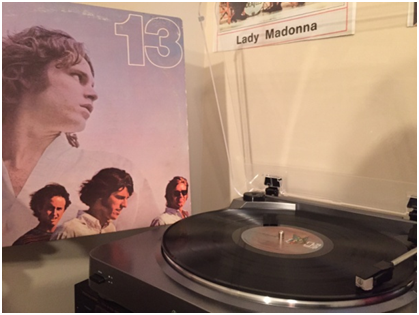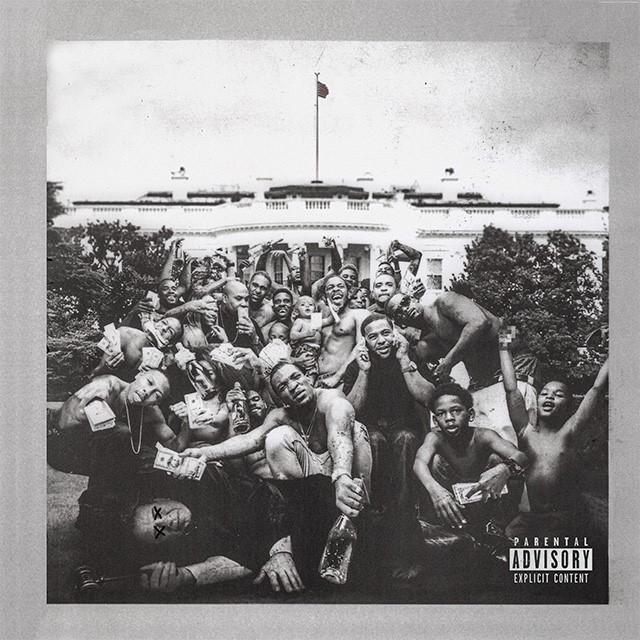White House’s college ratings system controversial even before completion
President Barack Obama speaks at a news conference in the Rose Garden to talk about helping to keep college affordable for middle-class families and students by preventing student loan interest rates from doubling at the White House in Washington, DC. (Olivier Douliery/Abaca Press/MCT)
December 9, 2014
Dec. 03–The Obama administration is developing a national rating system for colleges and universities to provide more transparency and give students and taxpayers a better sense of where to spend their education funds.
But even before it is released, it has triggered an avalanche of protests and nitpicking from many of those institutions as well as much lobbying in Washington and the opposition of Republicans in Congress.
After 15 months of discussion, many details remain either closely held or undecided, and federal officials say that only a general conceptual framework is expected to be released by Dec. 21.
So far, the administration has said it will use tuition, financial aid, loan debt, graduation data and alumni earnings, among other factors, as measurements in the system.
Some critics predict it will be unworkable since other important data are not easily available, such as the graduation rates of transfer students. They also say it could hurt schools that serve large numbers of low-income and minority students and those that tend to produce more teachers and police officers than investment bankers and doctors.
“Most college and university presidents think the likelihood of producing a meaningful, useful and accurate rating system is very low but the risk for their institutions of being harmed by an inaccurate rating is pretty high,” said Terry W. Hartle, the American Council on Education’s vice president for government and public affairs.
Jamienne S. Studley, a U.S. Department of Education deputy undersecretary who has been a point person on the plan, acknowledged that the mystery and delays have added to the sensitivity.
“We invited not just speculation but caused some anxiety. And for that we apologize,” she said in a recent speech to the American Assn. of Collegiate Registrars and Admissions Officers in Los Angeles. But she said that the White House’s goal remains to have the full effort in place by September 2015.
Obama first suggested a ratings system — not to be confused with rankings — in August 2013 as an accountability measure. It is intended to provide families an objective tool to compare schools and for taxpayers to learn whether the massive federal investments in financial aid and other grants are producing positive outcomes. It would expand the existing federal College Navigator and College Scorecard websites, which offer data without many comparisons.
Though nothing is certain, one proposed version would group schools with similar characteristics, possibly such as the proportion of students who are first in their families to attend college, and give some kind of grade or color coding based on affordability and outcomes. That way, for example, it will not force a populist Cal State Dominguez to compete with the Ivy League’s Princeton University. And unlike the U.S. News & World Report survey, it will not rank campuses on a numerical basis.
Some public colleges believe the ratings will be a useful tool to expose what they allege are financial aid and enrollment abuses at some for-profit schools. And some private not-for-profit colleges are not publicly opposing the plan, in part because they must grapple with their own reputations as elitist and costly and don’t want to be seen as trying to hide anything.
Michael V. Reilly, executive director of the registrars and admissions officers group, said most colleges are not flat-out opposed to the ratings but are worried about “unintended consequences.” He said he hopes the administration keeps its promise to cluster schools in ways that takes into account their admissions standards and demographics. Otherwise, it creates a dilemma for schools that admit a broad range of students and have a relatively low completion rate, he said.
“The easiest way to improve that graduation rate will be to not enroll those students, and your graduation rate magically goes up. But that is not good public policy,” he said.
Administration officials say they never will design a ratings system that encourages such exclusive enrollment policies. It is important not to lose sight of the intentions, according to education department official Studley, who is the former president of Skidmore College in New York.
The goals are to “fuel a better kind of conversation on campus, fuel a better conversation at the kitchen table as people are talking about where to go to school and at the same time help us make a smarter investment in the work that really matters,” she said.
Complicating matters, information about students who transfer from one school to another is not easily available to include in measurements of graduation rates. In addition, having alumni earnings as a factor raises privacy issues and the possible use of income tax records would require approval by Congress.
Congressional cooperation is unlikely since prominent Republicans in the now GOP-led Senate have criticized the ratings, saying it adds too much government intrusion and bureaucracy. Some pledge to restrict funding for it.
The months ahead promise more spirited lobbying as details are worked out. Clearly, the White House remains sensitive about the bungled start of the Affordable Care Act and does not want to rush into a similar situation in higher education.






















































